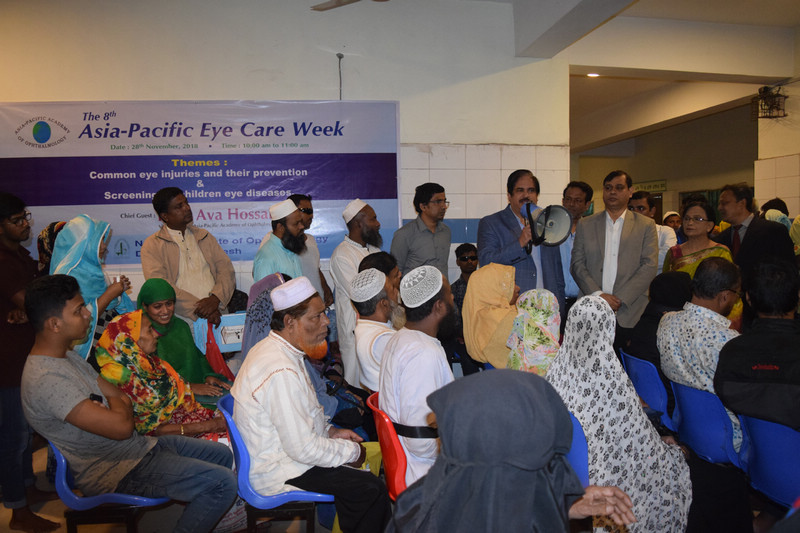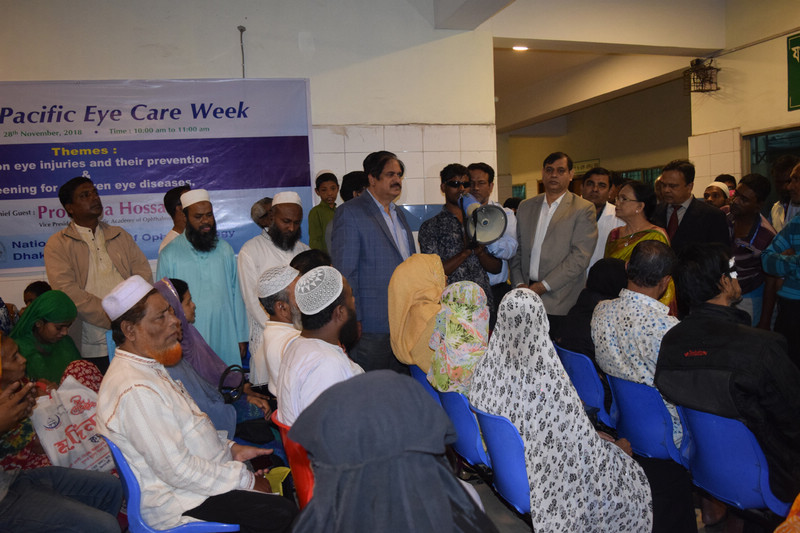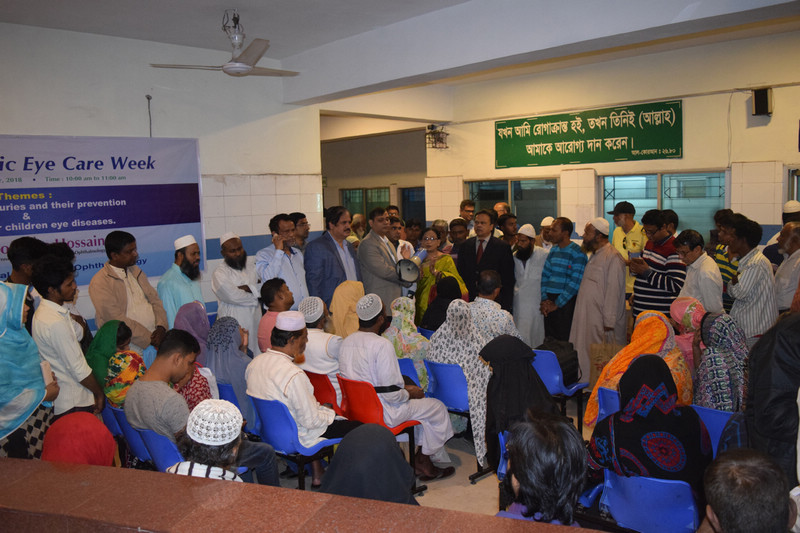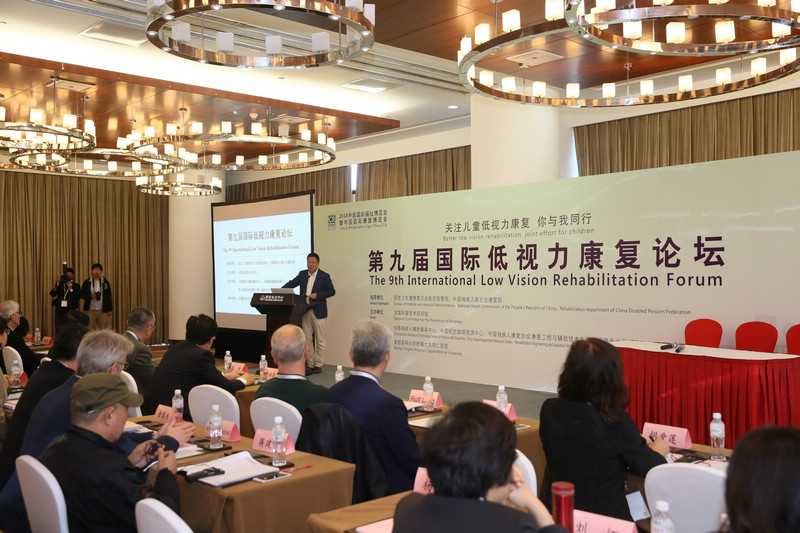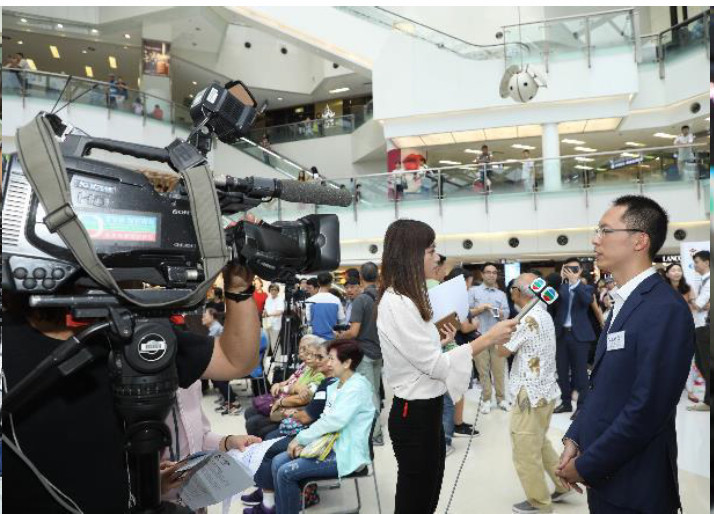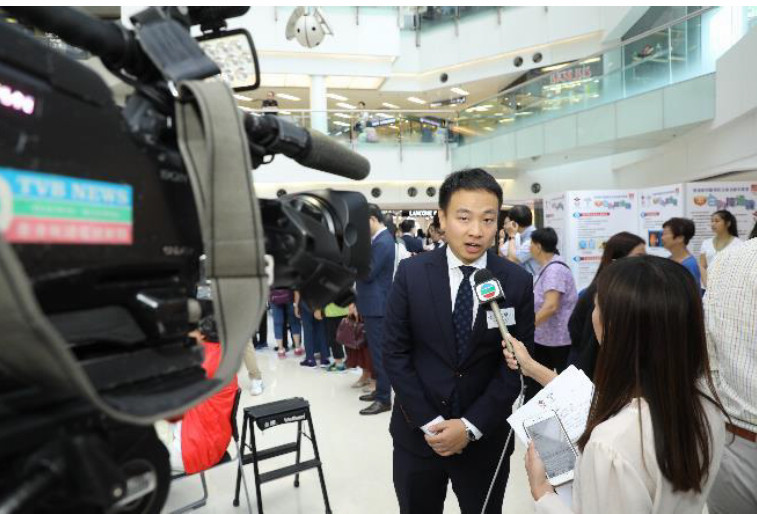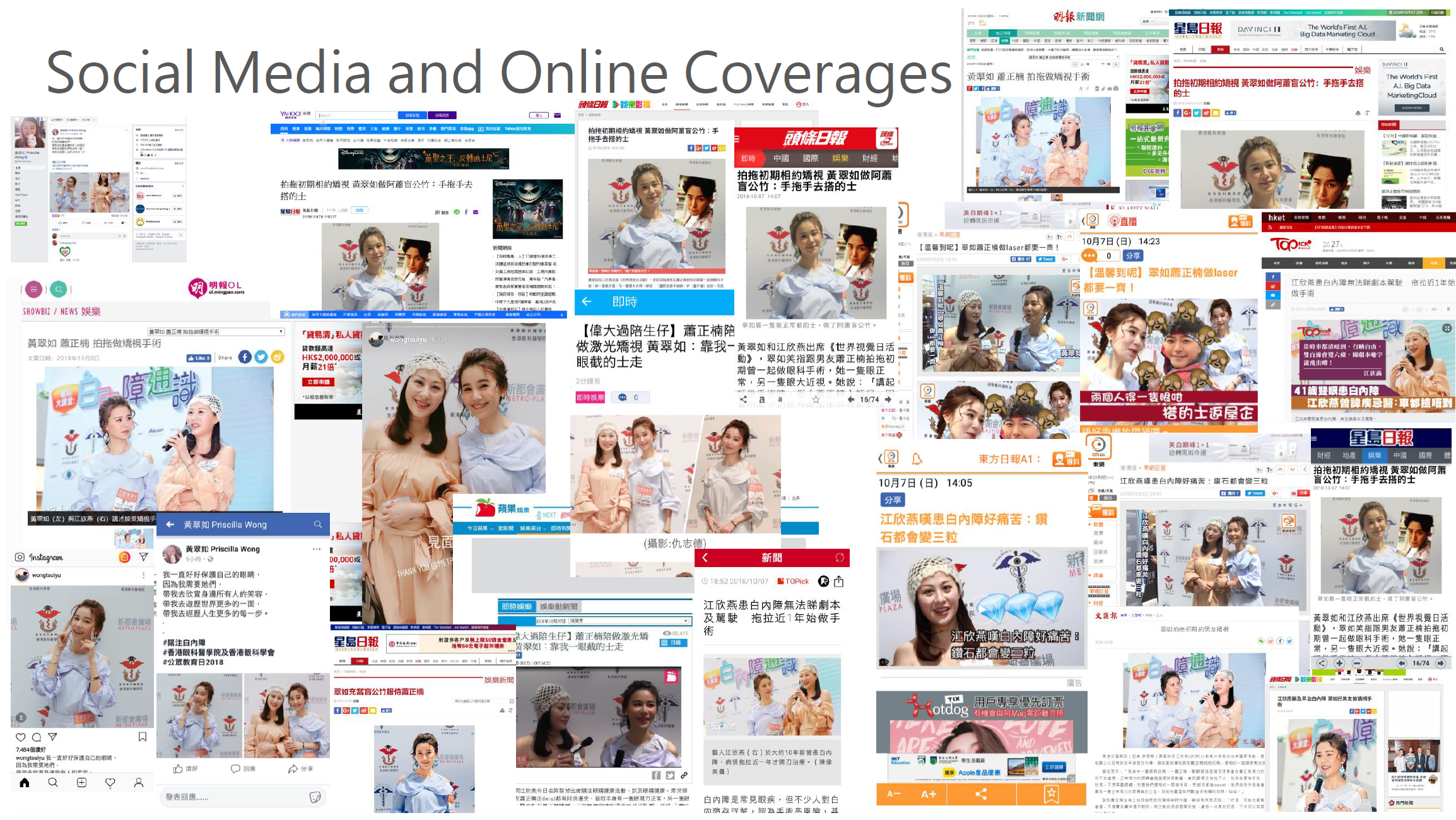We are pleased to share with you that the Asia-Pacific Academy of Ophthalmology (APAO) is organizing its eighth Asia-Pacific Eye Care Weeks from October 8 to November 14, 2018, in conjunction with World Sight Day 2018 (October 11, 2018).
This year, the Public Education Standing Committee has partnered with the Central Secretariat to suggest two major themes for the event, namely, ‘Common Eye Injuries and their Prevention’ and ‘Screening for Children Eye Diseases’. APAO has worked closely with our subspecialty member societies, including the Asia-Pacific Society of Ophthalmic Plastic and Reconstructive Surgery (APSOPRS), the Asia Pacific Ophthalmic Trauma Society (APOTS), and the Asia-Pacific Strabismus and Paediatric Ophthalmology Society (APSPOS), to produce a comprehensive set of educational materials and media kit.
Member societies are most welcome to use the reference materials for public educational purposes during the 8th Asia-Pacific Eye Care Weeks. Additionally, please feel free to download and use the artwork representing the 8th Asia-Pacific Eye Care Weeks to show further support of our initiative.
Media Kit
- 8th Asia-Pacific Eye Care Week Leaderboard banner (810x161px – PNG)
- 8th Asia-Pacific Eye Care Week Square pop-up banner (250x250px – PNG)
- 8th Asia-Pacific Eye Care Week Medium rectangle banner (300x250px – PNG)
- Common Eye Injuries and Their Prevention
- Screening for Children Eye Diseases
Eye Care Campaigns in the Asia-Pacific Region
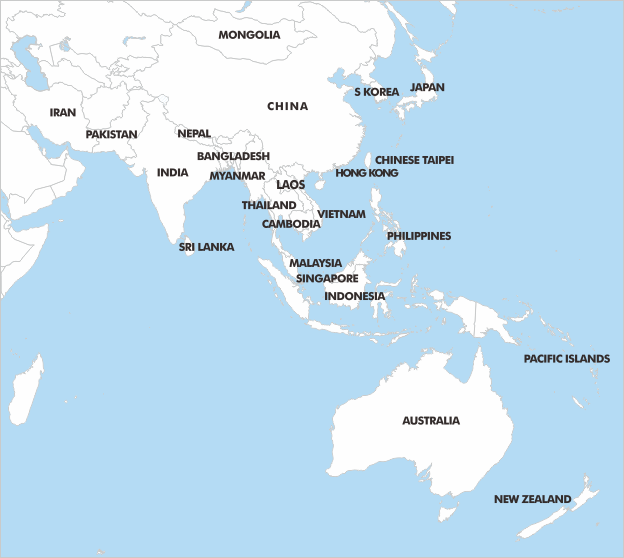
In Bangladesh …
The Ophthalmological Society of Bangladesh (OSB) has organized various activities during the 8th Asia Pacific Eye Care Week from October 8 to November 30, 2018 in conjunction with World Sight Day (October 11). The following activities were organized during the period:
Day 1
A Seminar on ‘Common Eye Injuries and their Prevention’ and ‘Screening for Children Eye Diseases’ was held at Bangbandhu Sheikh Mujib Medical University (BSMMU) on November 18 for the postgraduate students, residents, and junior doctors. Children Eye Diseases Screening was also held in the OPD of BSMMU.
Day 2
A screening and awareness development program of ‘Common Eye Injuries and their Prevention’ and ‘Screening for Children Eye Diseases’ was organized in the OPD of opthtalmology department at Dhaka Medical College and Hospital on November 20.
Day 3
A Seminar on ‘Common Eye Injuries and their Prevention’ and ‘Screening for Children Eye Diseases’ focusing on retinopathy of prematurity and retinoblastoma was organized at the ophthalmology department of Bangladesh Institute of Research and Rehabilitation in Diabetes, Endocrine and Metabolic Disorders (BIRDEM) on November 22.
Day 4
A powerpoint presentation in Bengali on ‘Common Eye Injuries and their Prevention’ and ‘Screening for Children Eye Diseases’ was shown at the OPD of OSB Eye Hospital for the patients on November 24.
Day 5
A screening and awareness development program of Children’s Eye Diseases was organized at the Pediatric Ophthtalmology Department of National Institute of Ophthalmology for the children and their parents on November 26.
Day 6
An awareness development program and screening of common eye injuries was organized at the OPD of National Institute of Ophthalmology for the patients and attendants on November 27. There were around 10 patients with ocular injury.
Day 7
One Screening program was held at a private clinic of ophthalmology in Chittagong about 300 km away from Dhaka on November 29.
World Sight Day was observed on October 11.
In China …
On October 11, the 9th International Low Vision Rehabilitation Forum was held by China Visual Impairment Resource Centre (Beijing Tongren Hospital) in Beijing. Eye health is an important part of national health, and vision disability (blindness and low vision) seriously affects the physical health and quality of life of the people, making it a major public health issue and social issue.
With the theme of “Better low vision rehabilitation, joint effort for children”, renowned international and domestic experts on low vision were invited to deliver speeches at the forum to share their latest research results and insights, promote the development of low-vision rehabilitation as well as raise the awareness of eye care.
In 1999, the World Health Organization (WHO) and the International Agency for the Prevention of Blindness (IAPB) proposed a global initiative to eliminate avoidable blindness by 2020. The Chinese government signed the declaration and solemnly promised to eliminate avoidable blindness, including low vision, in China by 2020. The 13th Five-Year National Eye Health Plan by the National Health Commission also clearly states that low-vision outpatient services should be widely provided in ophthalmology department of tertiary general hospitals and eye hospitals, and cultivation of low-vision talents and promotion of sustainable development should be put on agenda.
The 9th International Low Vision Rehabilitation Forum provided an international arena for academic exchanges on children’s visual rehabilitation, rehabilitation strategies for visual impairment, and new progress of visual aids, thereby promoting the development of low-vision rehabilitation in China, strengthening exchanges and cooperation among all sectors of society to work together for the rehabilitation of the disabled in China.
Neonatal eye screening program at Xinhua Hospital, Shanghai
A neonatal eye screening program for ocular abnormalities has been organized at Xinhua Hospital, School of Medicine, Shanghai Jiao Tong University, Shanghai, since October 15, 2018. Fundus examinations were performed on newborns in the Obstetrics Ward of the hospital within 3 days of birth using a RetCam wide-field digital imaging system. Newborns who had ocular abnormalities were followed up at the 42nd day after birth. In the meantime, educational materials were disseminated to the public in the format of video and flyers available at the maternity clinic. The screening program shows that fundus examination of newborns can play a beneficial role in ocular health and the data can be used for conducting a retrospective study in the long run.
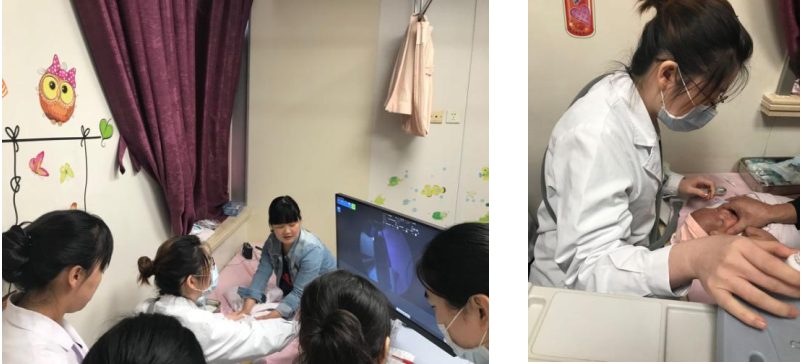
Fig 1. Neonatal eye screening performed using RetCam

Fig 2. Fundus photo reviewing

Fig 3. Introduction of neonatal eye screening program to OBGY doctors
In Chinese Taipei …
The Ophthalmological Society of Chinese Taipei (CTOS) continues to collaborate with non-governmental organizations, Alcon Chinese Taipei and the government to organize a series of activities to draw public attention to eye care issues. This year CTOS aims to enhance health education about the importance of eye health through dual channels of traditional media and social networking tools.
(1) Press Conference
A Press Conference was held on October 3, 2018 to kick off the “2018 World Sight Day” in Chinese Taipei. At the conference, latest results from an Eye-Care Survey, which has been conducted annually since 2015, were revealed. It was found that the average time of survey respondents spent on 3C products (computer, communication and consumer electronics) has reached more than 9 hours a day, and nearly 70% had eye fatigue. Based on these findings, CTOS set the theme of “Eye Protection SOP” this year. By adopting the short form of ‘Standard Operating Procedures’ (SOP) well-known to the public, CTOS offers easy-to-follow tips for eye protection: [S]hortening the time of viewing close objects, engaging in [O]utdoor activities and let the eyes rest, and [P]reventing eye diseases by regular checkups. The Press Conference received wide media coverage.
(2) LINE health education stickers
It is inevitable that mobile devices follow people everywhere. To advocate better eye care via popular messaging apps, CTOS invited a famous LINE artist in Chinese Taipei, Wan Wan, to create a series of health education stickers featuring tips for eye care and eye protection. In this way, “Eye Care Everywhere” is no longer just a slogan, but a practical reminder for maintaining healthy eyes wherever people go.
(3) Animated short films
In a joint effort with Alcon Chinese Taipei, four animated short films were produced to promote awareness of eye diseases. Using vivid storylines, the animated short films feature the following four common eye diseases in an intelligible way: glaucoma, diabetic retinopathy, cataract and refractive error. Within a few months’ time, the click-through rate of these films on YouTube has already exceeded 200,000, showing a great demand for eye health education.
(4) Public forum
A large-scale public forum with the theme of “2018 WSD Enhancing Sight Enhancing Lives” was held at Chiang Kai-shek Memorial Hall on October 13. At the forum, four prominent ophthalmologists from prestigious hospitals in Chinese Taipei introduced the four common eye diseases and addressed questions from the audience. The forum was well attended by over 300 participants, and their feedback was overwhelmingly positive.
In Hong Kong, China …
The Hong Kong Ophthalmological Society (HKOS) and the College of Ophthalmologists of Hong Kong (COHK) co-organizes a public education event with a specific theme every year. This year, the event was held on October 7, 2018 at the Metroplaza, Hong Kong during the 8th Asia-Pacific Eye Care Week, with the theme of cataract surgery. The series of events included a press conference, health talks, education displays and a free eye screening. The key messages in this series of events were:
- Cataract surgery can improve vision and quality of life;
- There are other added benefits of cataract surgery including reduction in refractive error, reduced risk of falls, and treating co-existing angle-closure glaucoma; and
- If cataract affects vision and/or quality of life, ophthalmologists should be consulted.
Dr Tak-Yi Chui (Under Secretary for Food and Health) and Dr Pierre Chan (a member of Hong Kong’s Legislative Council representing the medical sector) were guests of honor at the event. Other major guests included: Dr Jeffrey CF Pong (President of the HKOS), Prof Jimmy SM Lai (President of COHK; Head, Department of Ophthalmology, The University of Hong Kong), Prof Clement CY Tham (Vice-President of COHK; Chairman, Department of Ophthalmology and Visual Sciences, The Chinese University of Hong Kong; Secretary-General of Asia-Pacific Academy of Ophthalmology), Dr NM Lam (Vice-President of COHK; Chairman of Hospital Authority Coordinating Committee Ophthalmology), and Dr Ruby Ching (President of the Hong Kong Association of Private Eye Surgeons).
Press Conference
The press conference was held immediately after the opening ceremony, presided over by representatives from both the HKOS and COHK. A focus of the press conference was to release the results of a latest local epidemiology study about cataract disease burden in Hong Kong. It also covered topics such as other benefits of cataract surgery, including reduction in spectacle dependence, treating co-existing angle-closure glaucoma, and other systemic benefits such as reduction in the incidence of falls. We have also invited a patient who shared his experience with cataract surgery. The key messages included:
- Cataract surgery can improve vision and quality of life;
- There are other added benefits of cataract surgery including reduction in refractive error, reduction in risk of falls and treating co-existing angle-closure glaucoma;
- If cataract affects vision and/or quality of life, ophthalmologists should be consulted.
The press conference was broadcasted in two TV channels (TVB news and cable TV), and media coverage of over 12 printed newspapers and more than 30 online and digital reports.
Education Displays
Education displays were set up to provide more in-depth information regarding cataract to the public. The contents included (1) introduction of COHK and HKOS; (2) causes of cataract; (3) special types of cataract; (4) preoperative evaluation; (5) cataract surgery types; (6) intraocular lenses; (7) postoperative care; and (8) posterior capsular opacification. 
Health Talks
There were three talks altogether. The first was on the intraocular lenses and how they can reduce dependence on spectacles after cataract surgery; the second was on cataract surgery which included the preoperative preparations, different techniques and postoperative care; and the last talk was on some common postoperative enquiries including posterior capsular opacification, dysphotopsia and postoperative dry eyes. A question-and-answer session was included for the audience to ask questions about the topics covered in the talks.
Free Eye Disease Screening
A free anterior segment screening was performed for a total of 126 subjects. The tests included visual acuity and slit-lamp examination. Subjects with abnormalities detected were promptly referred. The screening was conducted by volunteering specialists and residents from all major centers in Hong Kong, as well as medical students from both medical schools. Therefore, this event also provided a good opportunity for local doctors to contribute in public education and volunteering service.
Celebrity Ambassadors
Apart from the press conference, we have invited two artists, Ms Priscilla Wong (黃翠如) and Ms Elvina Kong (江欣燕), as our Ambassadors. The ambassadors can help spread our key messages to a wider population group (especially the younger generation) and to increase the overall awareness towards eye diseases. Our two celebrity ambassadors were featured in the entertainment news in over 10 printed newspapers, as well as online and digital coverage in over 30 reports.
In India …
All India Ophthalmological Society (AIOS) and its members across India organized various activities to promote the theme ‘Eye Care Everywhere’ for World Sight Day 2018, including Free Eye Check-up Camps supported by 11 eye centers, radio and TV talks, press conferences and seminars. In addition, AIOS members organized walkathon, skits, and ‘Human Chain’ to raise public awareness on the importance of eye care and eye treatment. An Ophthalmic Photography competition was also organized for all AIOS members, which resulted in the launch of an AIOS image gallery. AIOS members actively and enthusiastically participated to contribute towards and support the World Sight Day. This year, social media was extensively utilized to spread the message along with the print and other media.




































